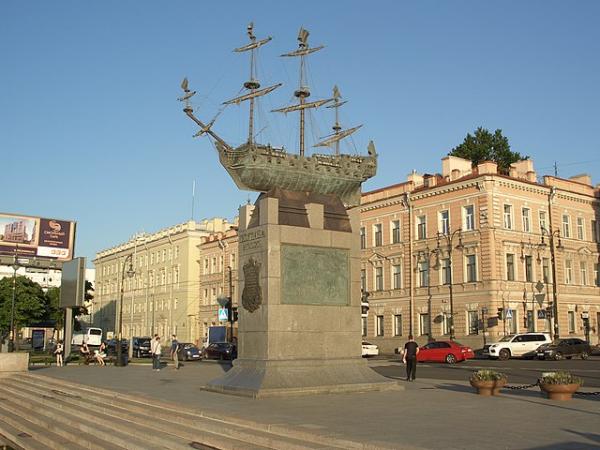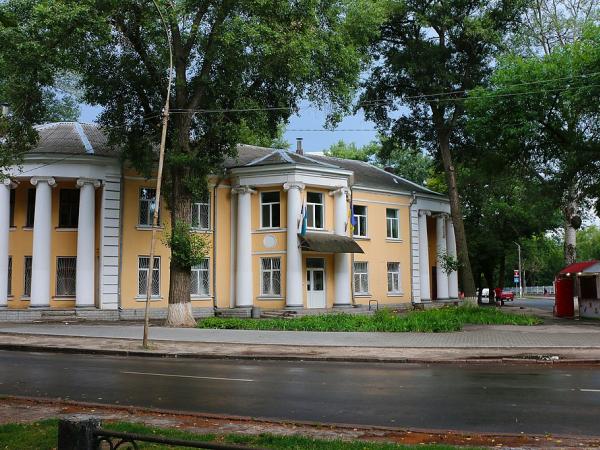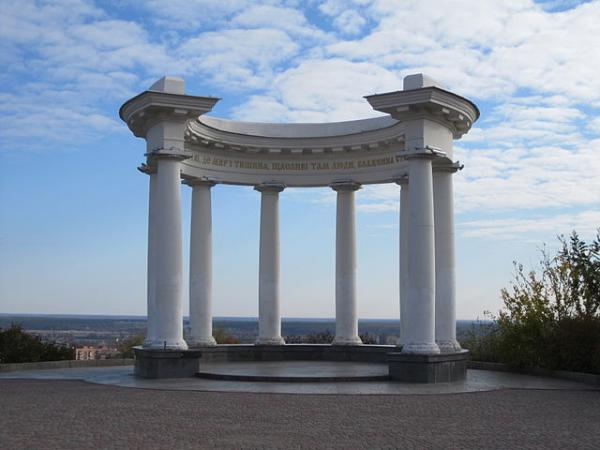
Poltava is the administrative center of Poltava region. The area of the region — 28,800 sq. km. The population of the Poltava region — 1,771,000. The population of the city — 350,000.
Poltava, the city of ancient origins (its first mention dates back to the 12th century, and the exact date of foundation is unknown), has always been a major centre of traditional Ukrainian culture.
Though the city is a largely rebuilt one, the standard city tour includes quite a few interesting sites of 17-19th century architecture: the wooden Saviour Church (1705-06); the Holy Cross Cathedral (1689-1709), the only preserved sample of Ukrainian baroque architecture, and the belfry (1786); the belfry of the Assumption Cathedral (1774-1801).
There are some very interesting museums in Poltava. The Local History Museum is located in the most peculiar building, a blend of European secession with local Ukrainian traditions; the Museum of I. P. Kotlyarevsky, famous Ukrainian writer, is located in his former private house, presenting urban interiors typical for the first half of the 19th century; the Museum of Panas Mymiy, famous Ukrainian writer; the Museum of the Battle of Poltava (1709).
People of Poltava maintain the cultural environment of the "heart of Ukrainian culture" — the city of Poltava.
Why Poltava?
Poltava has always been one of the most important science and education centres in Ukraine. Major universities and institutions of higher education include the following:
- Poltava National Pedagogical University named after V. G. Korolenko
- Poltava National Technical Yuri Kondratyuk University
- Poltava Agrarian State Academy
- Ukrainian Medical Stomatological Academy as Poltava Medical And Dental University (UMSA)
- Poltava University of Economics and Trade
- Poltava Military Institute of Connections
- Poltavian Faculty of National Juridical Academy of Ukraine








